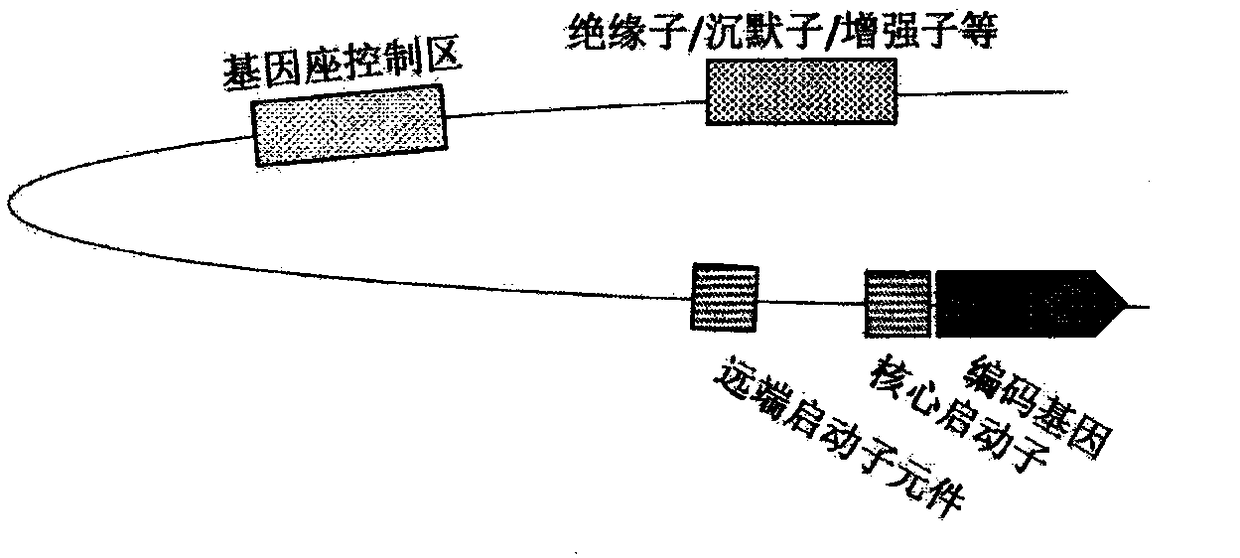CRISPR/Cas9 random library, and its construction and application
A library and random body technology, applied in libraries, chemical libraries, nucleotide libraries, etc., can solve unsatisfactory problems and achieve far-reaching social and economic value
- Summary
- Abstract
- Description
- Claims
- Application Information
AI Technical Summary
Problems solved by technology
Method used
Image
Examples
Embodiment
[0075] 1. Design and preparation of sgRNA random library
[0076] A strategy of setting the first 20 nucleotides of the sgRNA recognition sequence as G, and 2 to 20 as random nucleotides N, driven by a 17bp T7 promoter (taatacgactcactata, SEQ ID NO: 2) sgRNA expression. The sgRNA consists of a 83bp backbone and a 20bp recognition region. In order to improve the transcription efficiency of the T7 promoter, the first nucleotide of the recognition region is set as G, and the 2nd to 20th are random nucleotides N, with a total length of 120bp, (SEQ ID NO: 3,
[0077] taatacgactcactatagnnnnnnnnnnnnnnnnnngttttagagctagaaatagcaagttaaaataaggctagtccgttatcaacttgaaaaagtggcaccgagtcggtgcttttttt). sgRNA templates are synthesized from random upstream and downstream primers. The synthesized sgRNA primers were annealed and completed in vitro as random transcription templates, and then in vitro transcription was performed after sequencing verification. The specific steps are as follows:
[00...
PUM
 Login to View More
Login to View More Abstract
Description
Claims
Application Information
 Login to View More
Login to View More - R&D
- Intellectual Property
- Life Sciences
- Materials
- Tech Scout
- Unparalleled Data Quality
- Higher Quality Content
- 60% Fewer Hallucinations
Browse by: Latest US Patents, China's latest patents, Technical Efficacy Thesaurus, Application Domain, Technology Topic, Popular Technical Reports.
© 2025 PatSnap. All rights reserved.Legal|Privacy policy|Modern Slavery Act Transparency Statement|Sitemap|About US| Contact US: help@patsnap.com



